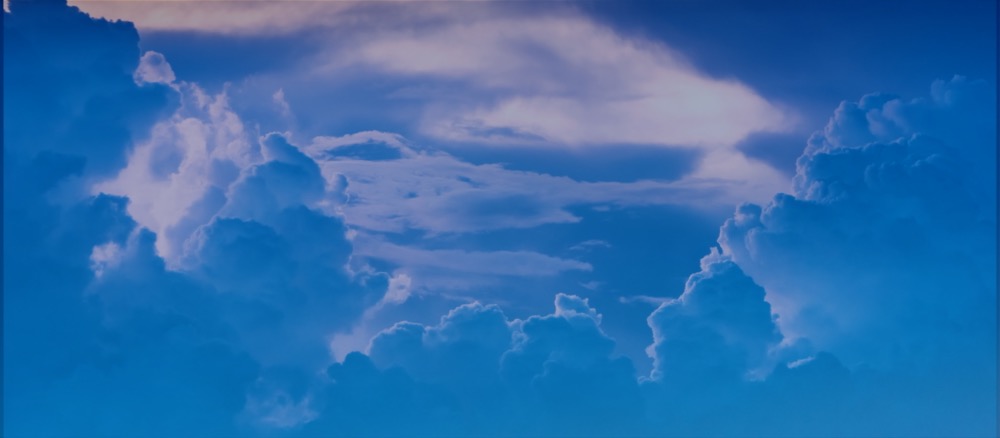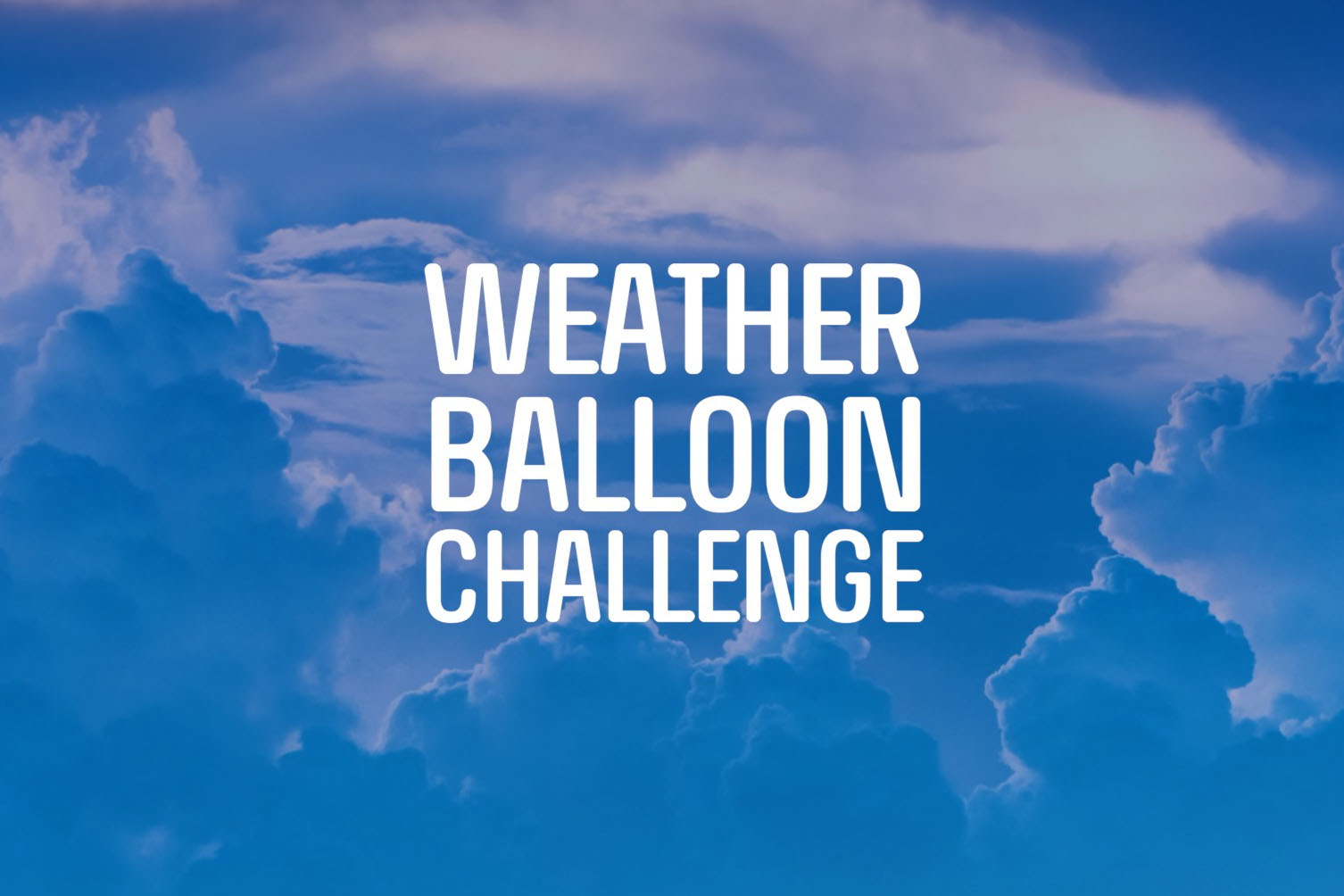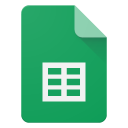



 PPT
PPT
During your weather balloon ascent, what kind of environment will it travel through?
Is it hot or cold? Humid or dry? Windy or not?
During the descent, what will your payload encounter? Upon landing, where could it land? You DO NOT need to account for an ocean landing. Future Engineers will not launch with an offshore wind. Nor will we launch in rain!
A weather balloon payload (including your mockups) can be no more than 4 lbs (1814g).
What kinds of designs will make sure the payload stays with in the 4 pound limit?
Your payload needs to hold all components (nothing should fall off), be sturdy during flight (not flop around), and survive the landing back to Earth.
How can your payload design be lightweight, strong, and survive impact? DO NOT create a second parachute.
Is balance important to your payload build? If so, how will you attain it? If not, how will it not being balanced benefit your build?
Remember that the temperature sensor (flight computer) needs to take data and the camera needs to shoot video!
To build your payload, you may use any recycled material listed in the Los Angeles Blue Bin Recycling page with any fasteners, string, tape, or adhesive you choose.
What materials do you think would work best for your payload build?
Weather balloons are not always recovered. If we were unable to recover your payload, what impact would it have on the environment?



Future Engineers hosts online innovation challenges for K-12 students. In 2014, Future Engineers launched its inaugural 3D printing in space challenge, sponsored by the ASME Foundation with technical assistance from NASA, which produced historic achievements including the first student-designed 3D print in space. Based on that success, and through the support of the U.S. Department of Education's SBIR Program, Future Engineers launched a multi-challenge platform in 2018 capable of hosting STEAM challenges of all kinds, including our first Weather Balloon Challenge. All challenges are free for student/classroom participation.
Thank you for your interest in contacting Future Engineers. We look forward to connecting with you!
General Inquiries
support@futureengineers.orgSponsorship Inquiries
sponsor@futureengineers.org